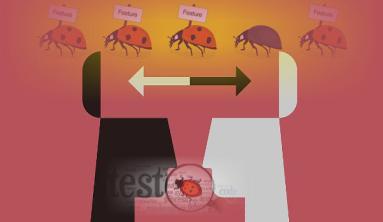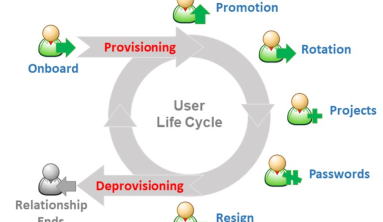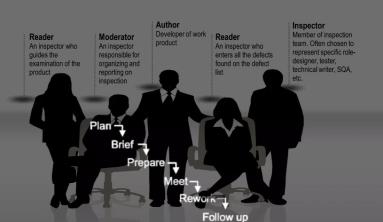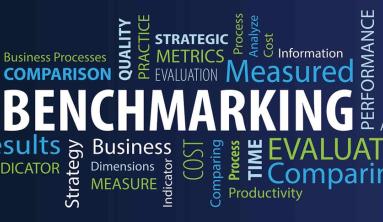What is Model Validation Testing?
Model Validation Testing is the procedure of evaluating the wellness of models performance against the real data. It is essential that the model validated by considering the aspects and the components before introducing them into the production ecosystem.
- Validation – The process of developing an appropriate model.
- Verification – The process of developing the model appropriately.
- Calibration – The loop process of comparing the model to the real system and doing the changes accordingly.
How does Model Validation Testing work?
There are large numbers of ways estimating the quality of the aspects and the components of a model –
Divide the available dataset into two subsets; these subsets train dataset and test dataset so that the accuracy calculated on the predictions obtained by the model.
The different ways used to provide validity using statistical measures to detect the complications in the respective model or the data.
Business Intelligence ways included in the examination of the output of the model to determine if the exported results have an understanding in the actual business environment.
You would also love to explore our blog based on how Automated Testing on DevOps work.
Benefits of Model Validation Testing
Initial Detection of Deficiencies and Errors- With the testing powered by Model Validation testing, it is easy to detect the deficiencies and errors before Model verification.
Reducing the Costs – It is easy to cut different types of costs as Model Validation testing analyzes the defects so that it can be neglected.
Discovering more Deficiencies and Errors – If defects neglected, it’s recognized as soon as possible.
Enhancing the Quality of the Model – Enhancing is post process of discovering more deficiencies and errors.
Provides scalability and Flexibility in the process of software development – With proper implementation of Model Validation Testing, the edge of scalability and flexibility submitted to the process.
Analysis of the Data and Information related to the Model – The data is the backbone of the model and with the help of validating model testing the proper interpretation of the data and information can be done.
Why Model Validation Testing Matters?
Machine Learning models, Deep Learning models, and other Data Science models are like wizards to generate the correct output if the exact question asked to these wizards. But how the trustworthiness provided to these models. That is where Model validation testing comes into play.
It provides trusted results generated by these models by a mathematical and logical comparison with the actual output.
Model Validation testing performs at the edge of tweaking the model to try different test and training data and checks the validity of the model in a looping manner.
The process of validity automated, it’s a big advantage to check the trustworthiness of Artificial Intelligence model.
How to Adopt Model Validation Testing?
The techniques to perform Model Validation testing are –
Resubstitution – Using all the data for training the model, the validity of the model evaluated by comparing the output value with an actual value which belongs to the same training dataset. The error, in this case, is known as the Resubstitution error and the technique is known as Resubstitution Validation technique.
Hold-out – For avoiding the above-stated resubstitution error. The best way is to divide the dataset into training and test dataset. The ratio can be 80/20, 70/30 or 60/40. This method creates an edge off to the likelihood in the contrast of the uneven distribution of different classes. To cope up this situation, the dataset divided into equal instances of classes in both the datasets.
K-Fold cross-validation – Dataset is divided into K number of subsets where K-1 subsets for training and the rest one subset for testing the model. This method provides an advantage that the model checker for the validation K times.
Bootstrapping – This is the continuous replacement technique in which the dataset for training selected randomly and the instances of the dataset which are not selected are used as a testing dataset. The main difference between this technique and K-fold cross-validation is the value of fold which is likely to change every time.
LOOCV – In this method, only one record used for testing and the rest of other records are used training. The entire data used for training and testing.
Random subsampling – The number of subsets selected and then combined to form a super subset used for testing and the rest of the data used for training.
Classification Matrix – This matrix consists of main numbers in respect for elements which are truly positive, true negative, false positive and false negative with the help the values which calculate – Accuracy, Precision, Recall, and F1-score.
Scatter Plot – This is a graphical representation of the value predicted concerning the actual values. It calculates the accuracy of the model.
Best Practices of Model Validation Testing
Model Validation Testing is a different kind of testing. Conventional testing and Model validation testing are different. Best Practises of Model Validation Testing are –
- Dividing the data into testing and training sets.
- Dribbling the models by checking the validity for the different combinations of the training and test sets with the same source of data.
- Performing various cross-validation methods on the different sets of data sets.
- Developing the Classification Matrices to make an inside view on the validity of the model in mathematical view.
- Drawing a scatter plot is a good option to check the validity of the model fitted on the regression formula.
- Drawing the profit charts with financial costs associated with the model analyzed.
Source: xenonstack






